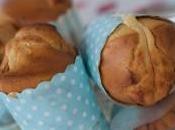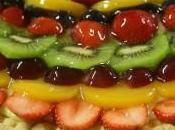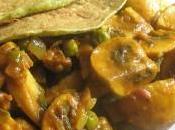
Con questo post inauguro ufficialmente una nuova rubrica: 100% Involtini. Ho voglia di raccontare non solo viaggi, cene e esperienze gourmand. Voglio scrivere di prodotti d'eccellenza, conosciuti o ancora da scoprire, di nicchia o di uso comune poco importa, l'importante è che siano di qualità, che soddisfino tutti i canoni di una gourmand selettiva e fastidiosa come sono e che, sopra ogni cosa, siano in grado di trasmettere la tradizione, la passione e l'amore per il cibo, l'autenticità e la genuinità del territorio che rappresentano.Ad aprire questa nuova rubrica tutta in divenire ho scelto la mostarda di ciliegie.
La mostarda di frutta
La mostarda è un prodotto particolare, o la ami o la odi, senza mezze misure. Io non l'ho mai mangiata fino a una manciata di anni fa, non mi piaceva il gusto, troppo piccante, troppo lontana dai miei canoni; poi un giorno, un po' per caso e un po' perché per fortuna i gusti cambiano, ho iniziato a prendere confidenza con quei sapori fuori dal comune, con quel prodotto antico, tradizionalissimo e ahimè ancora troppo poco conosciuto. E' successo che man mano che abbinavo la mostarda, in primis di ciliegie, con formaggi e carni, soprattutto il bollito, più la apprezzavo. Oggi per me non è più solo un prodotto di ricorrenza, da mangiare esclusivamente nel periodo natalizio: a casa mia ora non manca mai un barattolo di mostarda, meglio se di sole ciliegie!
Un po' di storia
La storia di questo prodotto è piuttosto antica e affonda le sue radici nel XIV secolo ma è solo nel 1600 che si ritrova traccia di questa specialità nella cucina dell'Italia settentrionale, soprattutto Cremona, Mantova e Vicenza. Il nome richiama l'elemento caratteristico di questa preparazione, la moutarde (senape) francese che viene utilizzata per conferire quel particolare gusto piccante alla frutta candita.Come è fatta
Tre sono gli ingredienti fondamentali, oggi come allora: frutta candita, zucchero e essenza di senape, in genere molto piccante. Il processo produttivo è piuttosto semplice: la frutta candita viene lasciata macerare in uno sciroppo senapato in modo da assorbirne tutti i profumi e i sapori per poi essere confezionata in vasi o latte insieme a uno sciroppo anch'esso piccante per mantenere il gusto deciso nel tempo.Come si gusta
Gli abbinamenti classici sono da sempre con i formaggi (in particolare trovo che il Parmigiano Reggiano esalti ancora di più il gusto deciso della mostarda), il bollito e più in generale la carne. La mostarda è ottima anche come ingrediente del ripieno dei tortelli di zucca (ricetta mantovana). A me piace tantissimo abbinata alle patate saltate in padella e perché no, con una buona e morbida torta al cioccolato!This post officially inaugurate a new section: 100% Involtini. I want to tell not only travel, dining and gourmet experiences. I want to write about excellent products, known or yet to be discovered, niche or common use does not matter, the important thing is that they are of good quality and meet all the standards of a gourmand selective and annoying as I am, and that, above all, are able to transmit the tradition, passion and love for food, the authenticity and genuineness of the territory they represent.
To open the new section on the whole in the making I chose the cherry mustard.




